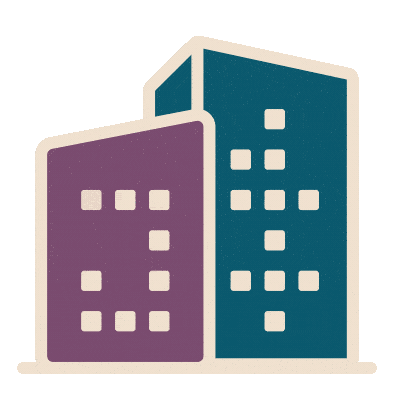WELL story: Randy Fiser, CEO, ASID
The choices that interior designers make – from furniture fabric and finishes to window placement and access to daylight – have a huge impact on how we feel in the buildings where we spend our time each day. We connected with Randy Fiser, CEO of the American Society of Interior Designers, to get his take on the profound connection between interior design and creating WELL Certified spaces.
How did you get involved in the WELL building movement? What personal/professional significance does it have for you?
We are spending 90% of our time indoors and it’s becoming evident that there’s a huge disconnect between us as human beings and nature. Our bodies were created to be outside and moving, not sitting at desks for eight hours a day. We have now developed design tools that can help to bridge the gap between our indoor spaces and nature. This is accomplished by improving certain things like air and water quality, as well as acoustical, mental, visual and thermal comfort. I’m excited about our partnership with WELL because we are able to connect these design tools to a certification that elevates the conversation about health and wellness-focused design, and how its implementation can have meaningful outcomes for humans.
From a health and wellness perspective, what are some of the most inspiring or exciting trends you’re seeing in the corporate wellness/buildings industry?
I view circadian lighting as an important design trend that’s moving rapidly. Lighting can greatly influence our health and is critical to our biological functions. Light influences so many different parts of our bodies and even dictates our sleeping patterns. The introduction of circadian lighting that mimics natural lighting is really helping to ground us as human beings within our work environments.

 WELL-registered, ASID Headquarters, Washington, DC, USA
WELL-registered, ASID Headquarters, Washington, DC, USA
What does the future of WELL and the healthy buildings movement look like, from your perspective?
I see design as an integral part of creating a healthy workplace. In the past, we were focused on offering workplace wellness programs and services like fitness centers and nutrition plans to our employees. What’s really fascinating is that when we add design into the mix, we’re creating an atmosphere for thinking about how elements like acoustical, emotional and thermal comfort are pivotal to our health and well-being. It’s becoming clear that WELL fosters a much more holistic formula for better health and wellness outcomes, therefore leading to improvements in employee productivity, engagement and retention.
How do you incorporate wellness into your life and routine? What does wellness mean to you?
To me, wellness is all about energy. It’s about managing food intake and the movement of the body so that I burn the right amount of calories for my body. Prioritizing health and wellness gives me the energy to do the things that I do. I travel over 50 percent of my time, so I’m always on airplanes; it’s really important that I have the highest level of energy possible to give to this industry and this profession. Health and wellness is critical to my survival.






